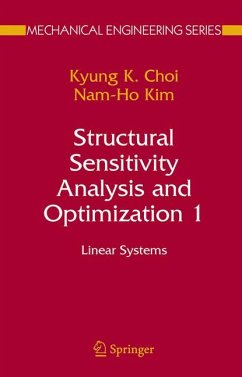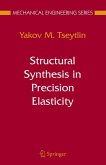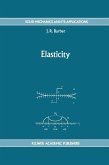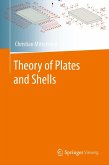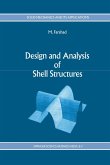The text presents design sensitivity analysis theory and numerical implementation to create advanced design methodologies for mechanical systems and structural components, which will permit economical designs that are strong, stable, reliable, and have long life service. The design methodologies can be used by design engineers in the university, industry, and government to obtain optimal structural designs for ground vehicles, aricraft, space systems, ships, heavy equipment, machinery, biomedical devices, etc. Extensive numerical methods for computing design sensitivity are included in the text for practical application and software development. The numerical method allows seamless integration of CAD-FEA-DSA software tools, so that design optimization can be carried out using CAD geometric models instead of FEA models. This capaibility allows integration of CAD-CAE-CAM so that optimized designs can be manufactured effectively.
Book I introduces structural design concepts that include the CAD-based design model, design parameterization, performance measures, costs, and constraints. It also discusses design sensitivity analysis of linear structural systems, and discrete and continuum design sensitivity analysis methods.
Dieser Download kann aus rechtlichen Gründen nur mit Rechnungsadresse in A, B, BG, CY, CZ, D, DK, EW, E, FIN, F, GR, HR, H, IRL, I, LT, L, LR, M, NL, PL, P, R, S, SLO, SK ausgeliefert werden.

